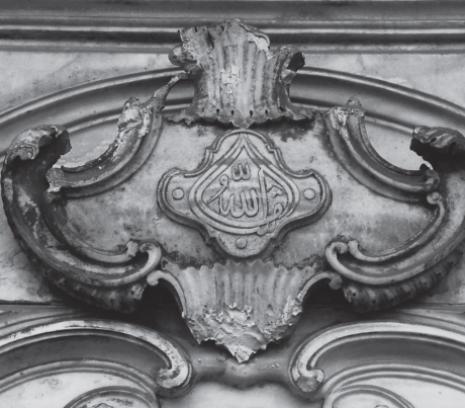A Study on Ornaments of Çeşme (Public Fountain) of 58 The Ottoman Empire
DOI:
https://doi.org/10.69598/sbjfa240973Keywords:
Turkey, floral motif, ornamentAbstract
Çeşme is one of the Ottoman’s architectural works which was built for supplying water to public as charity. They are beautifully decorated as if for adorning the city. This article studies on ornaments of Ottoman’s Çeşme, particularly in Istanbul, about their forms, meanings, locations and values. The result demonstrates that there are four kinds of ornaments represent water, flowers, fruits and trees. They symbolize water, lives, fertility and eternity which, according to Islamic belief, can be found in paradise. Hence, Çeşme can be as “heaven on earth” for muslims. Some ornaments are simplified as symbols while some have naturalistic looks. There are few ornaments on Çeşme that the Ottomans adopted from Western art and turned into their own style without against to Islamic principle. Most of the ornaments were located around Çeşme’s niche or surrounding the basin. While the ornaments which hold significant meanings were place on specific areas. At last for value of the ornaments on Çeşmes are they reflect architectural style of the Ottomans in each period. They let muslims hold on Allah as well as inspire them to be good people.
Downloads

Downloads
Published
How to Cite
Issue
Section
License
The journal's editorial team does not have to agree with the views and comments in the author's article, nor are they responsible for the comments.











